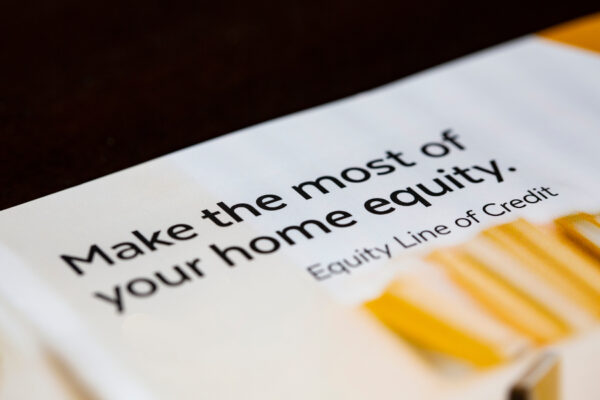Here’s what you need to know about alternative mortgage loans and how to make the equity in your home work for you, as B.C. mortgage experts guide you around creative financial solutions and right-sized borrowing options.
By Tracey Rayson
Considering the low lending rates that fuelled B.C.’s red-hot housing market, even with interest rates rising, some homebuyers headed into 2022 with a perceived sense of urgency, and perhaps some FOMO. Tougher-to-qualify for mortgage rules continue to make the home buying process daunting; however, even in you fail to qualify for a conventional mortgage, you still have options.
REVERSE THINKING
A reverse mortgage is designed to allow access to up to 55 per cent of your home’s equity. It’s an option well-suited for homeowners with very specific needs for cash flow. Eligibility typically starts at age 55, and at least two Canadian institutions (Equitable Bank and HomeEquity Bank through the Canadian Home Income Plan, or CHIP) offer it.
“This isn’t a mortgage for everybody,” advises Michelle Byman, AMP, mortgage consultant with The Mortgage Group Inc. “It can get you through a tough time, and for others, especially seniors, it’s a way to stay in the home.”
It’s an attractive option for homeowners who are “house rich” (thanks to surging home values) but “cash poor.” If your home is currently appraised at $500,000, it’s possible you could take out equity up to $275,000 in a onetime lump-sum or monthly payouts. “the amount released depends on the type of home, the home’s location and how old you are,” Byman explains. Existing mortgages of up to 55 per cent can be paid off with the funds, and tax deferrals on the property have to be paid first.
A reverse mortgage requires no monthly payments. The amount due climbs over time, and is paid off when the home is sold or you no longer live there full time. However, be mindful of the risks: interest rates and fees can be higher than conventional loans and your debt can rise quickly because of compounding interest.
LOCK INTO A HELOC
A home equity line of credit (HELOC) provides a smart and flexible buying solution for existing homeowners, according to Daniela Serena, AMP, mortgage broker with The Mortgage Centre, who works with clients from Vancouver and the Lower Mainland to Whistler.
“Instead of locking into a five-year mortgage term, where you’re making a principal and interest payments, some choose a HELOC because they might want to sell, and when you pay it out, there’s no penalty,” says Serena. She explains that a HELOC allows you to borrow up to 60 per cent of your home’s value. “For example, if you have clear title on a $1-million home, you could qualify for a HELOC of $650,000.”
It’s an open term, for as long as you own your home, and you can dip into it whenever you like. There’s no limit; you can withdraw up to the value of the HELOC, whatever you’ve been approved for, and you likely never have to requalify or renew it.
“Whether the total or in part. there’s no minimum or maximum, except the max of the limit,” says Serena. “You’re only required to pay interest payments, which is calculated by prime, plus the component.”
HEL: THE NEW SECOND MORTGAGE
A home equity loan (HEL), in many cases, is considered a second mortgage if you already have an existing mortgage with the same lender. That lender can add a component to your already existing mortgage, and offer you a new credit facility, for which you have to qualify.
“You need an appraisal to ensure your home has the value in it or they might make your rewrite your current mortgage,” says Serena. “Some banks don’t allow a second component, so it’s important to know how flexible their mortgage products are.”
CALCULATING RESOURCES
 Consult a mortgage broker to assess the right solution for your situation: bcfsa.ca, cmbabc.ca
Consult a mortgage broker to assess the right solution for your situation: bcfsa.ca, cmbabc.ca
Learn mortgage terminology and find qualifier and calculator tools from a federal government resource: canada.ca/en/financial-consumer-agency/services/mortgages.html
Get basic information on debt and borrowing from the Financial Consumer Agency of Canada: canada.ca/en/financial-consumer-agency.html


